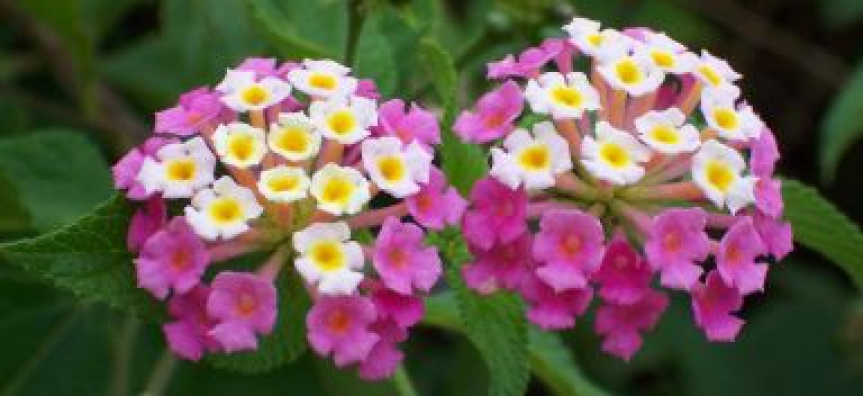
Weed management in NSW
Weed management in NSW underwent reform in July 2017 with the Biosecurity Act 2015 coming into force and the Noxious Weed Act 1993 repealed. The term noxious weed is no longer used.
The primary objective of the Biosecurity Act 2015 is to provide a framework for the prevention, elimination and minimisation of biosecurity risks posed by biosecurity matter. The Act also introduces the concept of a general biosecurity duty. The duty requires any person who deals (defined in The Act) with biosecurity matter and who knows, or ought reasonably to know, the biosecurity risk posed or likely to be posed by the matter, has a duty to ensure that, so far as is reasonably practicable, the risk is prevented, eliminated or minimised.
Weeds are identified in The Act as biosecurity matter. Their control is regulated according to the risk of a biosecurity impact occurring, being an adverse effect on the environment, the community or the economy.
Priority weeds
Weeds that create the highest level of risk are called priority weeds. Priority weeds are determined using the NSW Weed Risk Management (NSW WRM) System. The NSW WRM system uses a series of questions to arrive at a score for weed risk and feasibility of coordinated control. Based on their risk and feasibility for coordinated control at different geographic scales, priority weeds are grouped into three categories.
State priority weeds pose a high risk to the entire state. The Biosecurity Act 2015 and the Biosecurity Regulation 2017 specifies mandatory requirements for their management.
Regional priority weeds pose a high risk to particular regions of NSW. Regional priority weeds and management outcomes to comply with the general biosecurity duty are identified in Regional Strategic Weed Management Plans developed by Regional Weed Committees.
Local priority weeds may pose a biosecurity risk and may be prioritised for management by a local council. They are species generally not considered feasible for coordinated control at a state or regional level. Local priority weeds and management outcomes to comply with the general biosecurity duty may be identified in Local Weed Management Plans.
Priority weeds on the Northern Beaches
Priority weeds and the risk they pose to the environment, the community and the economy cannot be managed effectively unless we share responsibility. All landholders and businesses on the Northern Beaches have a general biosecurity duty to manage the risk posed by priority weeds.
Council staff manage and control state and regional priority weeds on Council lands in accordance with the Biosecurity Act 2015, Biosecurity Regulation 2017 and the Greater Sydney Regional Strategic Weed Management Plan.
The Northern Beaches Local Priority Weed Management Plan was developed to identify weed species which are not state or regional priority weeds and that pose a biosecurity risk within the Northern Beaches LGA.
Weed species in the local priority weed management plan were assessed using the NSW WRM system. Management outcomes proportionate to the identified risks have been developed to demonstrate how land managers can achieve compliance with their general biosecurity duty and how the weeds will be strategically controlled within the council area.
How are weeds spread
Many weeds were introduced to Australia as ornamental plants, for agricultural use or soil conservation purposes and have since 'escaped' and are negatively impacting natural areas.
Weeds can spread directly from gardens, dumped garden clippings and floral displays, contaminated soils and mulches, movement of livestock and outdoor equipment or vehicles carrying seeds or weed fragments.
Weeds may have adapted one or more method of reproduction. These include production of large amounts of seeds or berries, bulbs, tubers, runners, rhizomes, root parts and stem fragments capable of setting roots. These can be dispersed by wind, water, humans, birds and animals. They often have the ability to survive long periods until conditions are suitable for germination.
Tips for weed control
As a general rule, any weed should be controlled before flowering so seeds cannot develop. Any part of the plant capable of reproducing, such as tubers, rhizomes, seeds and berries should be carefully removed and placed in Council’s green waste bin or disposed of at an authorised facility. Plant material that can not reproduce can be composted. Contact Council’s Weeds Officer on 1300 434 434 for more information.
